There are different approaches to protecting the old and creating the new according to conservation terms. There are lots of approaches but following four are the main ones. First one is preservation, which is keeping the old one as it is and repearing it with historical materials. Second one is rehabilitation which is keeping the historical property and assigning new usages. Third one is restoration which is said as the act or process of accurately depicting the form, features, and character of a property as it appeared at a particular period of time by means of the removal of features from other periods in its history and reconstruction of missing features from the restoration period. And the last one is reconstruction which re-creates vanished or non surviving portions of a property for interpretive purposes. After these interventions or approaches, old and new dichotomy emerges. Dichotomy dictionary meaning is a division or contrast between two things that are represented as being opposed or entirely different. However in this case, it does not have to be negative all the time. After these conservation approaches, there can be 2 outcomes. The first one is keeping the old as it is and creating a new environment. It is examined advantages for both of them.
First one is advantages of keeping the old:
- Retention of history and authenticity – Old buildings have intrinsic value
- Commemorates the past – When you tear down an old building, you never know what’s being destroyed
- Contextual and human scale – Old buildings are reminders of a city’s culture and complexity
- Increased commercial value (Economic Benefits)
- Materials and ornaments that are not affordable or readily available
- Durable, high quality materials (e.g., old growth wood)
- Existing usable space—quicker occupancy
- Rehabilitation often costs less than new construction
- Reuse of infrastructure
Second one is advantages of creating the new:
- Establishes an environment that fosters growth in new dimensions.
- Promotes the introduction of new innovative building materials
- Eliminates hazards and conditions that undermine the integrity and safety of the community.
- Provides upgraded and needed infrastructure for future growth.
There can be 4 Main Types of Creating the New-Keeping the Old:
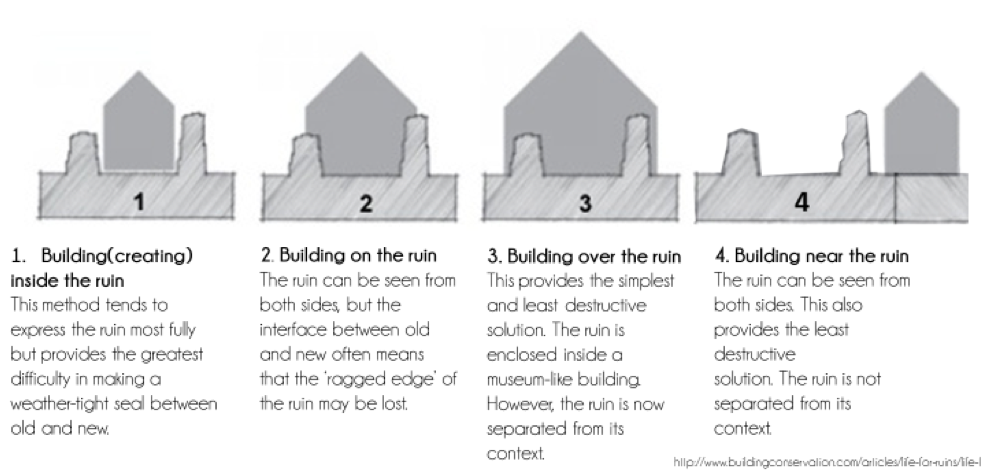
Figure 1. 4 Main Types of Creating the New-Keeping the Old (Source: http://www.buildingconservation.com/articles/life-for-ruins/life-for-ruins.htm)
According to these main types it can be also talked about the subtypes which are taken from a thesis by Sung-o Park.Subtypes will be will examined with the examples also.
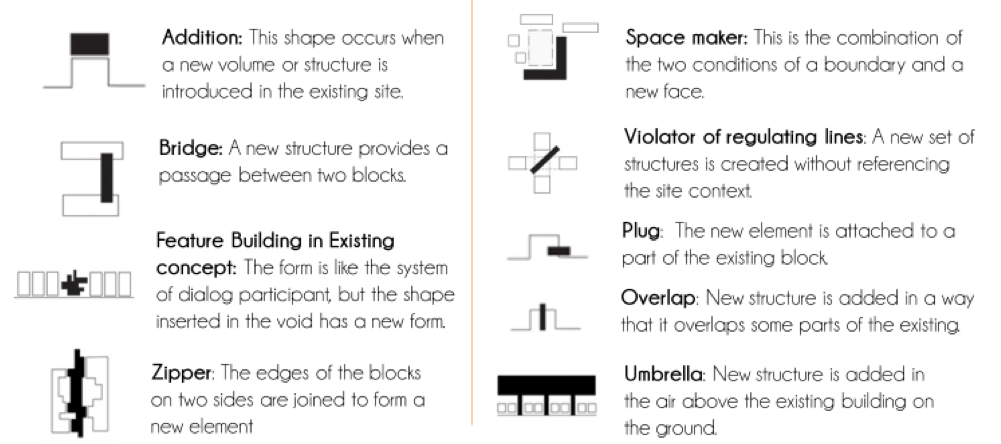
Figure 2. Subtypes (Park, 2009)
To examine the subtypes some examples from different scales from different cities are chosen.
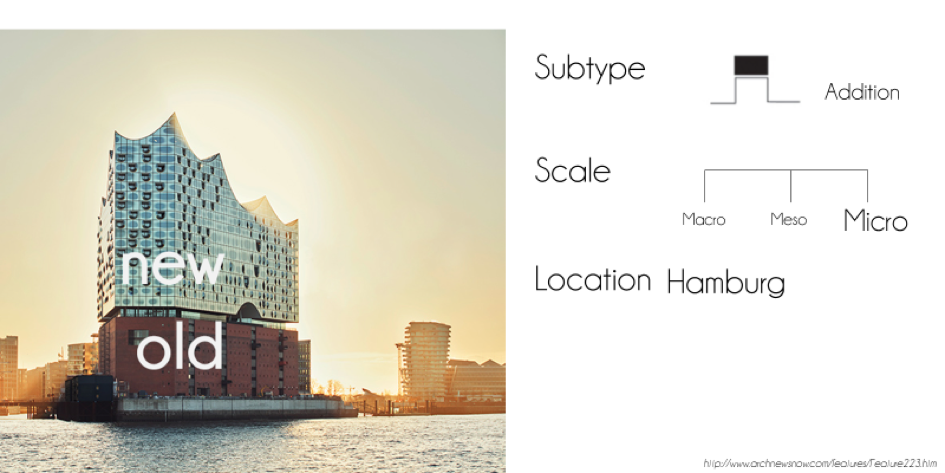
Figure 3. Hamburg Elbphilarmony Building (retrieved from http://www.archnewsnow.com/features/Feature223.htm)
First one is Hamburg Elbphilarmony building (Figure3) . Aproach here is addition. Scale is micro. The Elbphilharmonie is a concert hall in the HafenCity quarter of Hamburg, Germany. The new construction sits on top of an old warehouse (cargo storage) building. So they are using the old structure and creating something new.

Figure 4. Hamburg Warehouses
Second one is also from Hamburg. Approach is bridge and addition. Existing warehouses are combined with a new structure in order to provide connection between them. They are used as offices and residences. They assign a new usage to the old warehouses. Third one is from Hafencity development area in Hamburg. Here we can see the old sructures in the back. In Hafencity development area, near the old warehouses there are new structures. They creating the new with taking references from the old. In the new buildings they use bricks which are similar color with the old ones. Important thing here is they try to keep visual harmony with the old ones by taking some references from the old.

Figure 5. Hafencity Area (retrieved from http://www.hafencity.com/en/overview/hafencity-dialog-between-old-and-new.html)
Here we can see the whole picture. The brick-built Speicherstadt warehouse ensemble acts as a connective. Listed as a historic monument, it will remain visually largely unchanged. The Speicherstadt and the HafenCity redevelopment area together have defined the new HafenCity city district. Tradition is being reinterpreted with new usages.
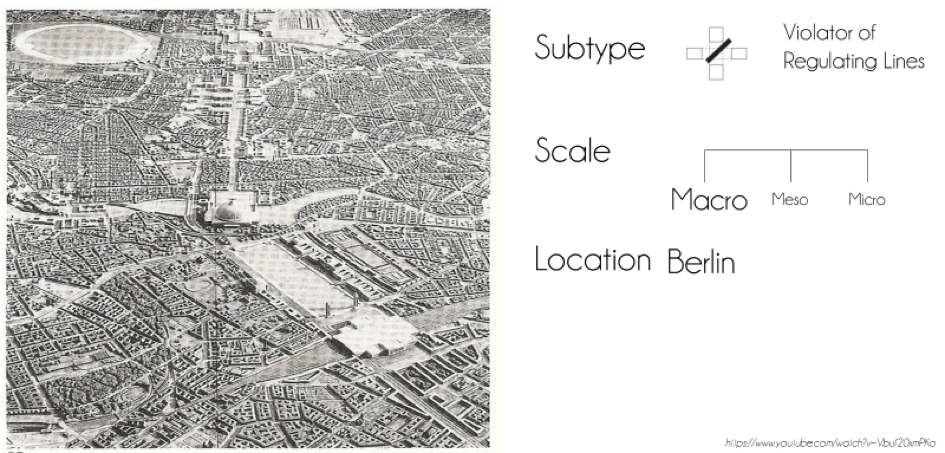
Figure 6. Berlin National Aseembly ( retrieved from https://www.youtube.com/watch?v=Vbuf20xmPKo)
In macro scale we have Berlin example. In an organic form Hitler decided to build this 6 km long street by defining it with administrative buildings and defining the beginning with the National Assembly. Here it can be said that new 6 km long road created a dichotomy with the existing organic urban form. It is violating the existing lines.
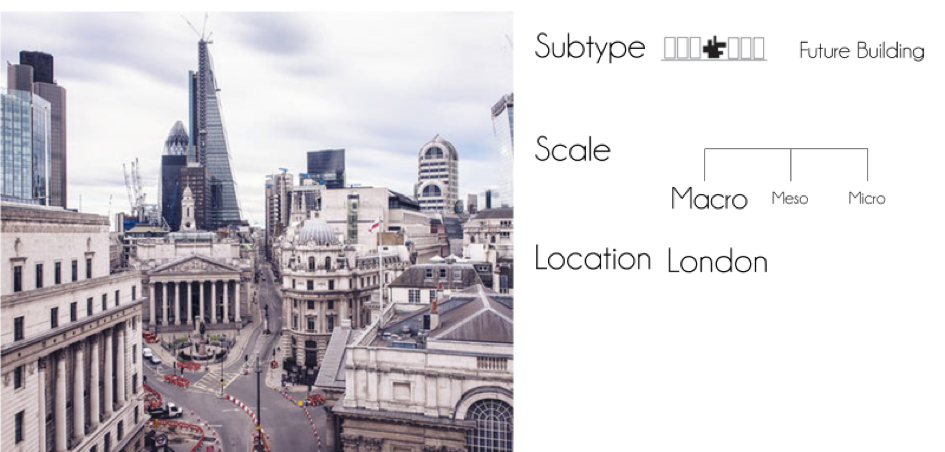
Figure 6. Old bank of England (retrieved from http://insaneparenting.com/22-examples-of-old-and-new-blending-together-beautifully-in-architecture/)
In Old Bank of England example the old structures are surrounded by the new modern ones. But the problem is they do not have any connection functionally or aesthetically.
In order to understand better the old and new we gave them a color. So if we say old is black and new is white, the whole story between them is orange. The intimacy and quality of relationship between the old and new spaces is the key to proper design. Taking references from the old and creating the new is our ORANGE .

References:
- Park, S. (2009) A Design Strategy for Transforming an Old Power Plant into a Cultural Center. Lehigh University.
- http://www.archnewsnow.com/features/Feature223.htm
- http://www.buildingconservation.com/articles/life-for-ruins/life-for-ruins.htm
- https://www.nps.gov/tps/standards/four-treatments.htm
- http://www.hafencity.com/en/overview/hafencity-dialog-between-old-and-new.html
- https://www.youtube.com/watch?v=Vbuf20xmPKo
- http://insaneparenting.com/22-examples-of-old-and-new-blending-together-beautifully-in-architecture/
- https://www.sgsep.com.au/publications/best-practice-principles-urban-renewal
- https://www.wbdg.org/design-objectives/historic-preservation
- https://divisare.com/projects/121023-steven-holl-architects-michele-nastasi-pratt-institute-higgins-hall-insertion
- http://www.cool-cities.com/the-porter-house-180/
- http://www.apartmentapothecary.com/the-wapping-project/
- http://www.archdaily.com/251389/convent-de-sant-francesc
Authors:

